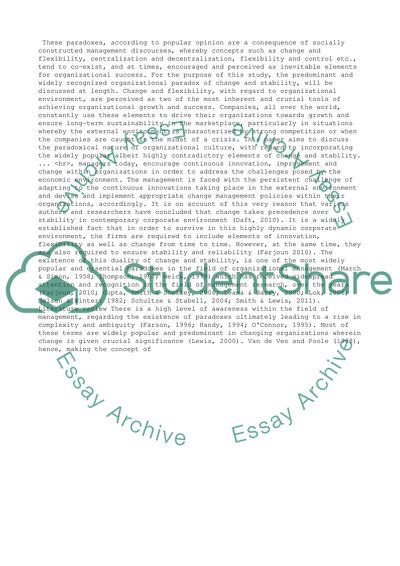Cite this document
(“Paradoxical Nature Of Organizational Culture, As Incorporating Essay”, n.d.)
Retrieved from https://studentshare.org/business/1398534-the-paradoxical-nature-of-organisational-culture
Retrieved from https://studentshare.org/business/1398534-the-paradoxical-nature-of-organisational-culture
(Paradoxical Nature Of Organizational Culture, As Incorporating Essay)
https://studentshare.org/business/1398534-the-paradoxical-nature-of-organisational-culture.
https://studentshare.org/business/1398534-the-paradoxical-nature-of-organisational-culture.
“Paradoxical Nature Of Organizational Culture, As Incorporating Essay”, n.d. https://studentshare.org/business/1398534-the-paradoxical-nature-of-organisational-culture.


